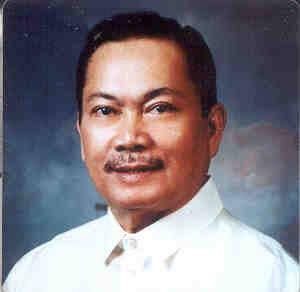
I have special interest on the subject microplastic and opted to re quote portions of Mr. Boo Chanco’s article in his column “Demand and Supply” (PhilStar May 1, 2023). I owe this to my academic foundation and research in Science!
I refer to the results of the study commissioned by the World Wide Fund (WWF) for Nature published in the New York Times (NYT) “that the average person may be consuming as much as much as five grams of plastic every week – the equivalent, of an entire credit card.” quoted and published by NYT. It started by saying “there is plastic in our bodies, It’s in our lungs and in our bowels and in the blood that pulse3s through us,” …we can’t see it, and we can’t feel it, but it is there. It is there in the water we drink and the food we eat, and even in the air we breathe.
“We don’t know, yet, what it’s doing to us, because we have only quite recently become aware of its presence, but sincere have learned of it, it has become a source of profound and multifarious anxiety. “Maybe it’s nothing; may it’s fine. Maybe this jumble of fragments – bits of water bottles, tires, polystyrene packaging, microbeads from cosmetics – is washing through us and causing no particular harm. But even that was true, there would still remain the psychological impact of the knowledge that there is plastic in our flesh.”
This knowledge registers, in some vague way, as apocalyptic; it has the feel of a backhanded divine vengeance, sly and poetically appropriate. Maybe this has been our fate all along, tgo achieve final communion with our own garbage.”
MY COMMENT:
Nano-plastics particles are several times tinier than microplastics, the former needs a high-powered research electron microscope to examine, identify. Indeed, these (nano-plastics) “are capable of crossing the membranes between cells and have been observed to accumulate in the brains of fish.”
My closest encounter with the aforementioned case, was (while doing MS Fisheries at Kagoshima University, Japan) was the infamous “Minamata Disease” so-called after the coastal town of Minamata, Kumamoto, Japan, a neighboring Prefecture of Kagoshima. The case was Lead (Pb) wastes thrown to the sea from manufacturing companies, engulfed by shallow water-dwelling fish species; the same fish eaten by coastal inhabitants of Minamata, including nursing mothers, from which mother breastfed their babies (inakay), milk upon laboratory examinations and tests found strong traces of Lead. This made the end ‘user babies’ test positive to the toxic-lead element in the milk. I was able to visit and interviewed several victim mothers in Minamata and confirmed that their fish source came from the nearby Bay.
ooo000ooo
NEXT TOPIC : “Phils invites investors for Cancer Center Project”
SHARE S & T THOUGHTS through EW-Mail: drpacjr@yahoo.com.



